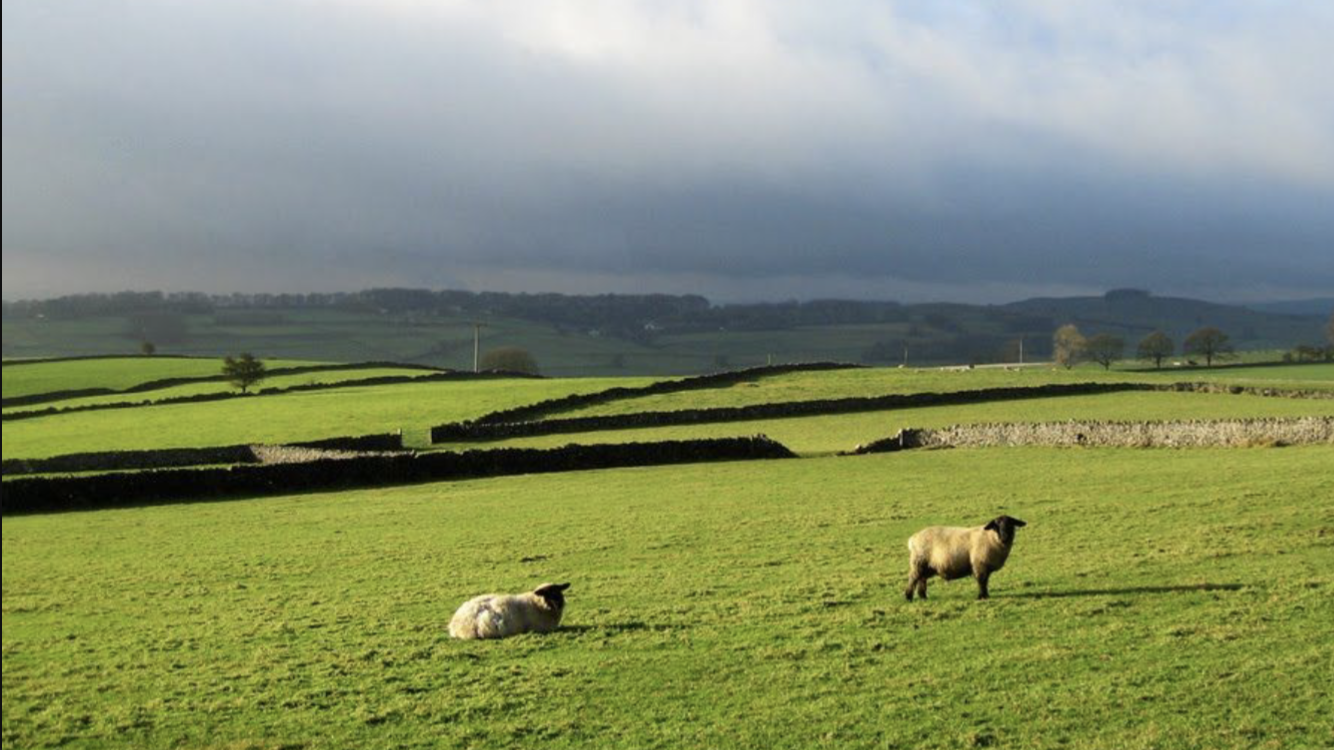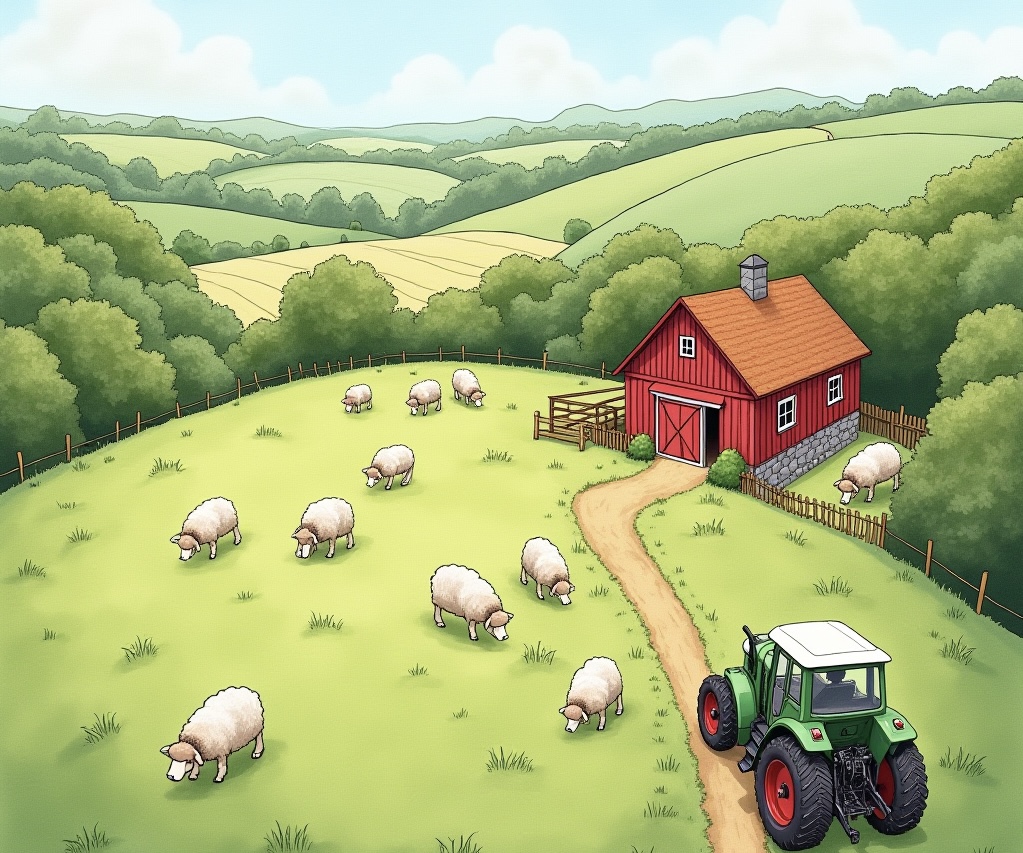Address
Chapel en le Frith, High Peak, Derbyshire
Work Hours
Monday to Friday: 9AM - 7PM
Weekend: 10AM - 5PM


Farm Setup – Land Requirements, Housing, and Equipment
Part 2
Establishing a successful dairy sheep farm begins with careful planning to meet the needs of your flock while ensuring the farm operates efficiently. From the land required for grazing to housing and equipment, each element plays a vital role in creating a productive and sustainable system.
The amount of land needed for dairy sheep farming depends on the number of sheep and the grazing system you adopt. For rotational grazing, where pasture is divided into sections to allow for regrowth, approximately half an acre can sustain five to six sheep. This approach not only maintains healthy grass growth but also prevents overgrazing. If space is limited, sheep can be partially stall-fed with hay, silage, and concentrate feeds, reducing dependence on large grazing areas. Durable fencing is essential for protecting your flock, with electric fencing offering a versatile and cost-effective solution for rotational grazing systems.
Housing is another critical component of the setup, providing shelter during lambing, extreme weather, or winter months. Each sheep needs about 1.5 to 2 square meters of space indoors to move freely without overcrowding. Proper ventilation is key to preventing respiratory problems, with good airflow helping to minimize moisture and ammonia buildup while avoiding drafts. Bedding made from straw or wood shavings ensures a clean, dry environment, which should be replaced regularly to maintain hygiene. During lambing season, individual pens provide a safe space for ewes to give birth and bond with their lambs.
For milk production, a well-designed milking parlor is indispensable. Even for smaller operations, a setup that includes milking stalls with headlocks can make the process more efficient and comfortable for both the farmer and the sheep. Investing in a small-scale sheep-specific milking machine simplifies the process and ensures high-quality milk. Hygiene is crucial in the parlor, so access to hot water and cleaning supplies is essential for keeping the space and equipment sanitary.
Feed and water infrastructure must be designed to support your flock’s health and productivity. Sheep need consistent access to fresh, clean water, with lactating ewes requiring higher quantities. Feed should be stored and provided in a way that minimizes waste and contamination, with troughs or hay racks ensuring the flock has easy access to their nutritional needs. Proper storage facilities are equally important, with dry, rodent-proof areas for hay and concentrates and refrigerated tanks or milk coolers to store milk safely and comply with food safety regulations.
Handling facilities streamline routine tasks like health checks, shearing, and vaccinations. A system of pens and races allows sheep to be managed safely and efficiently, while a weighing scale can help monitor their growth and overall health. These facilities not only save time but also reduce stress for both the farmer and the animals.
Environmental factors also need consideration to create a sustainable setup. Proper drainage around housing and feeding areas prevents waterlogging and reduces the risk of disease. A system for managing manure, such as composting or spreading it as fertiliser, helps maintain cleanliness and enhances pasture fertility. Windbreaks, created by planting trees or hedgerows, can protect sheep from harsh winds while enhancing the biodiversity of the farm.
Setting up a dairy sheep farm requires an initial investment in land, housing, equipment, and infrastructure, but careful planning ensures these costs pay off in efficiency and productivity. Grants and subsidies available to UK farmers can help offset some of these expenses, making it easier to establish a strong foundation for your operation.
With a thoughtfully designed farm, you’ll create an environment where your sheep can thrive, laying the groundwork for a productive and rewarding dairy enterprise.
Coming Next:
Part 3: Feeding and Nutrition – Diet Planning for Healthy and Productive Sheep. https://derbyshirefarmers.com/dairy-sheep-feeding-and-nutrition/